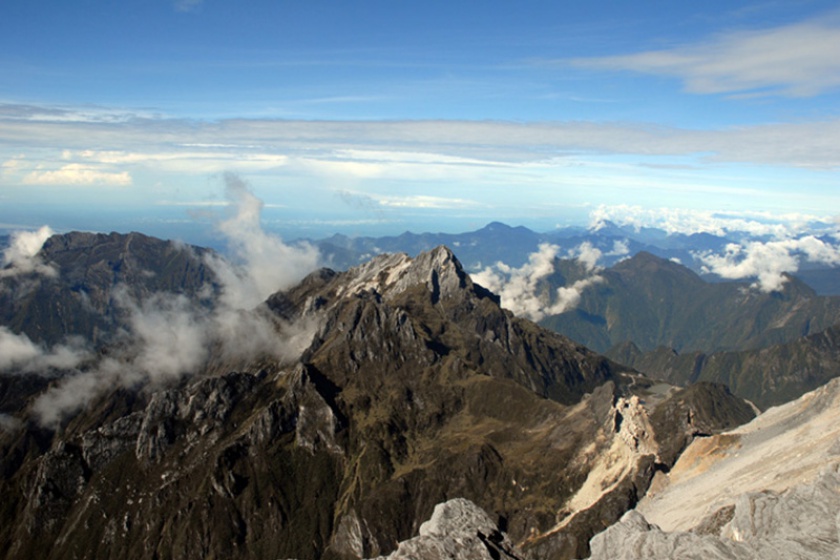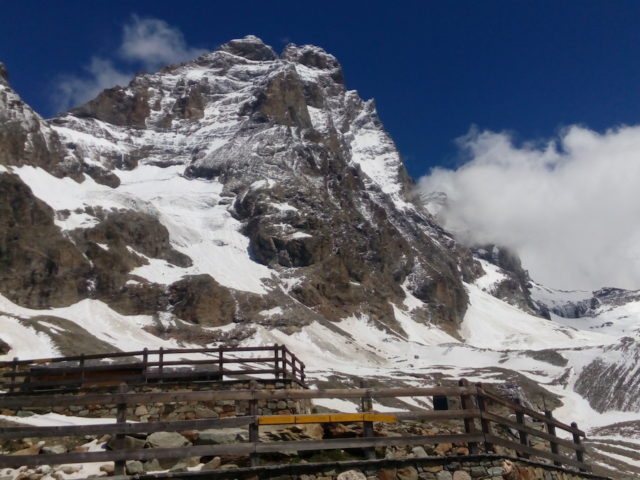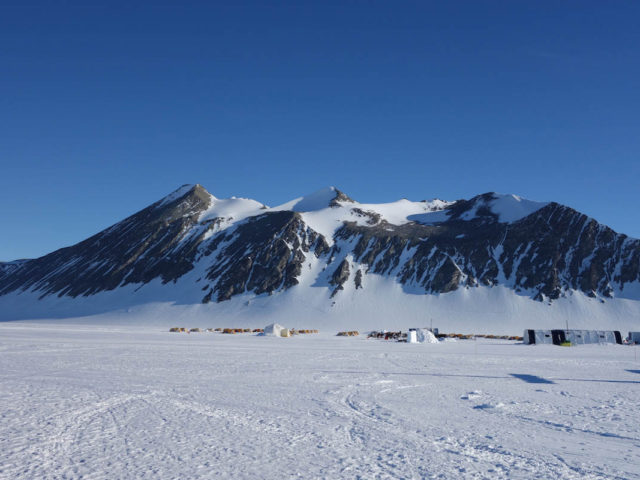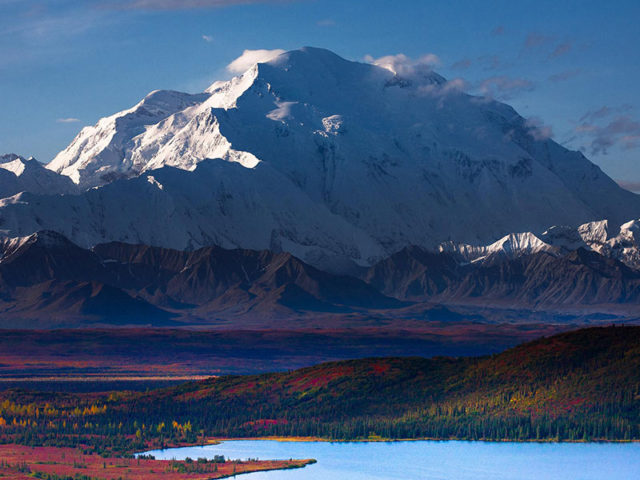The lowest and most remote of the Seven Summits, Carstensz Pyramid (or Puncak Jaya) is nevertheless one of the technically hardest to climb. Flanked with glaciers, the summit rises like a shark fin amidst jungle.
Those considering a Carstensz Pyramid climb, please keep in mind that the expedition will contain a degree of uncertainty and may require last minute itinerary changes due to possible political instability in the region. So, climbing Puncak Jaya can be classified as a perfect “adventure travel”, full of achievement and discovery, which comes packed with promises of rare cultural experience and classic rock climbing.
The route passes though challenging terrain. It is a tough, long trek to and from Base Camp. The main challenge of Carstensz Pyramid climb is technical rock climbing and not just (or not so much) climbing at high altitude. All group members need to be familiar with techniques and master the skills of ropework and rock climbing. The round trip from Base Camp is usually about 12–14 hours long. The trek from Sagapa village to Base Camp is a 67 km trek. On the north face of the mountain and up to the summit ridge, the route up slabs and corners follows fixed ropes. The lower section of this route involves scrambling and rock climbing of “severe” grade. On the ridge, there are three notches to overcome, the first of them requiring the use of Tyrolean traverse.
Physical Conditioning Required for Climbing Puncak Jaya
All participants of Carstensz Pyramid climb must be in excellent physical shape and condition in order to integrate properly into the team and enjoy the trip personally. Physical fitness is required also in the best interest of both personal success and safety. In order to achieve appropriate shape, adequate training is required along with prior experience of carrying heavy packs (about 30 lbs or more) for several days. Along with physical fitness, climbers must be mentally prepared, too, to deal with strenuous and stressful situations that may occur at high altitudes.




